For whatever reason, the topic of barrel break-ins comes up in two main groups amongst gun owners…
First, the precision shooters. Second, the guys that skimped on quality parts.
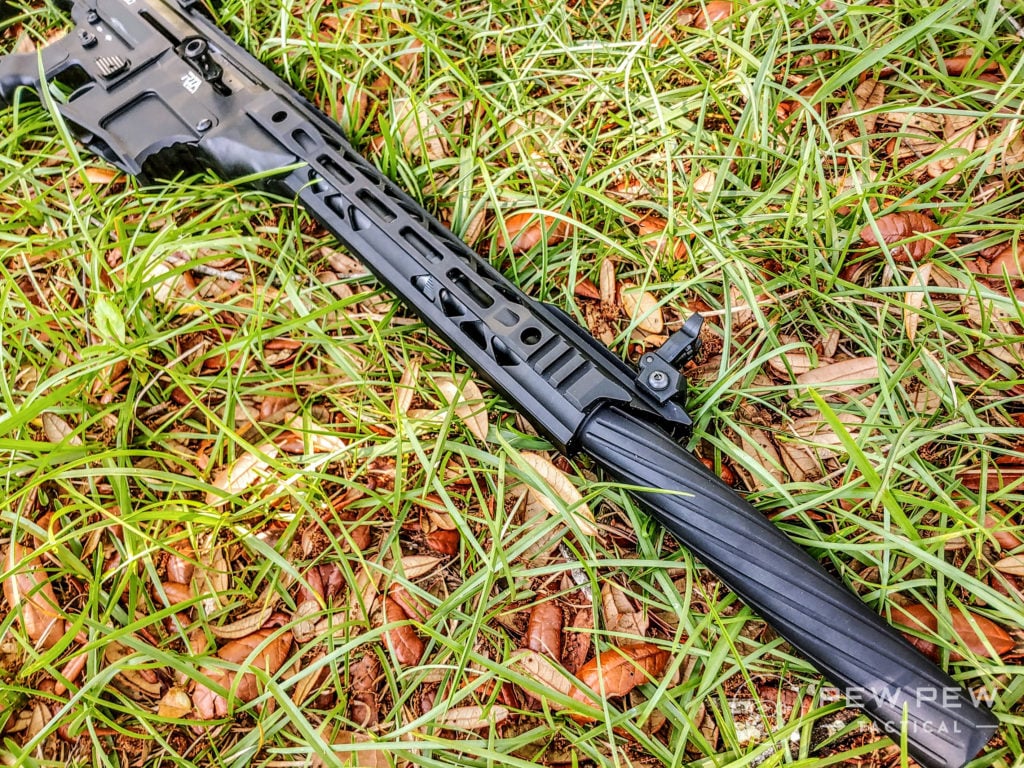
This topic pops up time and time again online either as a question on “how-to” or as a response to something not going right. I’m going to get on my soapbox for a minute and try to set the record straight on this a bit.
Is a break-in process necessary for your barrel? Let’s dive in, talk about it, and help you reach a conclusion!
Table of Contents
Barrel Break-In: What Is It?
Before we tackle whether or not your barrel needs to be broken in, let’s discuss what a break-in is and what it is supposed to do.
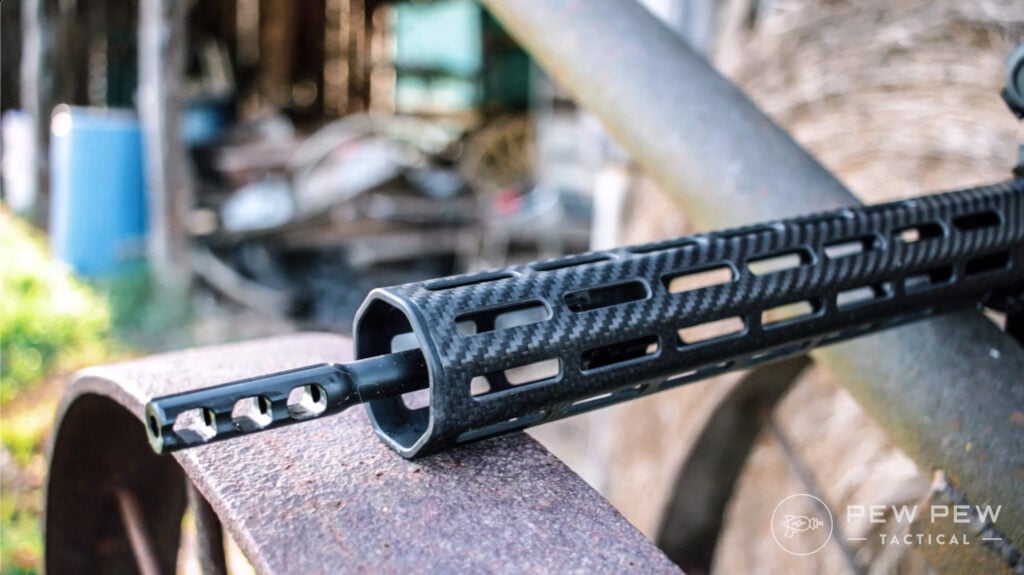
When you get a new barrel, there are going to be some tiny imperfections that are inherent to the process of making it. Please take note, I said tiny, not obvious.
A quality-made barrel will have microscopic nicks, pockets, and other suck shallow “holes” in metal that are part of the machining process or the make-up of the metal used.
These may or may not be visible if borescoped. However, it shouldn’t be visible if you look down the barrel before assembly.
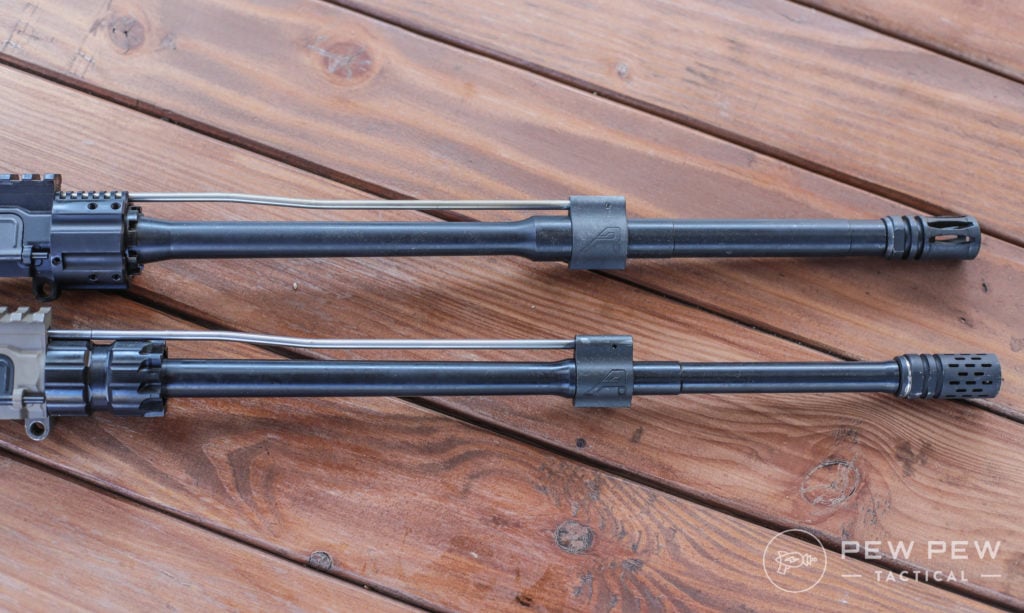
The break-in process in theory should help to fill in or fix any of these imperfections.
By shooting a round, then cleaning any corrosive agents out of the barrel before they can set in, you are smoothing things out and creating a more uniform surface.
The actual process of this can vary from shooter to shooter, but the idea is the same.
Shoot a shot, clean the corrosives out, allow the barrel to cool (depending on conditions). Shoot a shot, clean, and cool. Repeat.
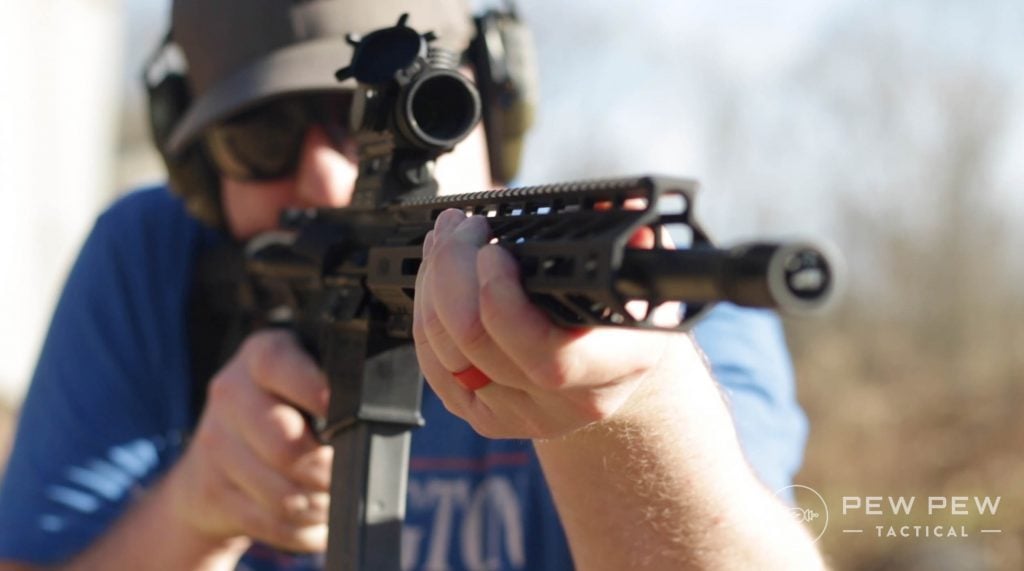
This variation is also where things get a little wonky and can border on the mystical.
Plus, breaking in a barrel isn’t always necessary in the first place.
Precision Shooting
Breaking in a precision gun, be it bolt-action or semi-auto, is a necessary part of owning the gun.

With precision shooting, eliminating any variables to control your shot placement is the primary focus.
To that goal, breaking-in can tighten up groups and reduce flyers to some degree. This is due to the “break-in shots” achieving a barrel free of anything that might impact the spin of the bullet.
Say, for example, that a tiny burr was riding up in the barrel and it hit the bullet just before exiting the muzzle. That is going to affect the spin, trajectory of the bullet, and ultimately change the point of impact.
My precision guys are some of the most superstitious, must-adhere-to-tradition members of the barrel break-in cult you will find.

I live in Nevada, and it gets hot during the spring and summer months (consistently over 110 degrees Fahrenheit in Las Vegas). I know guys that refuse to shoot more than one shot every couple of days when breaking in a barrel to allow it to fully cool.
Why? That’s what the guy who taught them to shoot did, and the guy before him handed that down, and so on.
I am not saying that allowing your barrel to cool longer is a bad thing. I am asking what’s going to be achieved by waiting 48 hours that isn’t achieved in an hour?

Other examples are shooters that will only run their lucky number of patches down the bore, shooters that will only shoot on the hour, or any other number of things that supposedly work for them.
The Budget Boys
The other group I see consistently talking about barrel break-in are the guys that buy low-quality parts from manufacturers that use their customer base as a form of quality control.

This mostly seems to be guys in the AR-15 crowd that think the 0 MOA guarantee on their $79 barrel is going to deliver.
Companies that improperly machine barrels seem to draw in shooters that think saying, “I need to break in my barrel” will do anything. It won’t.
When rifling is improperly cut, when barrels are improperly crowned when gas ports are improperly sized, and when there are visible imperfections from the manufacturing process, no amount of “break-in” is going to fix the issue.
Your barrel is already broken.
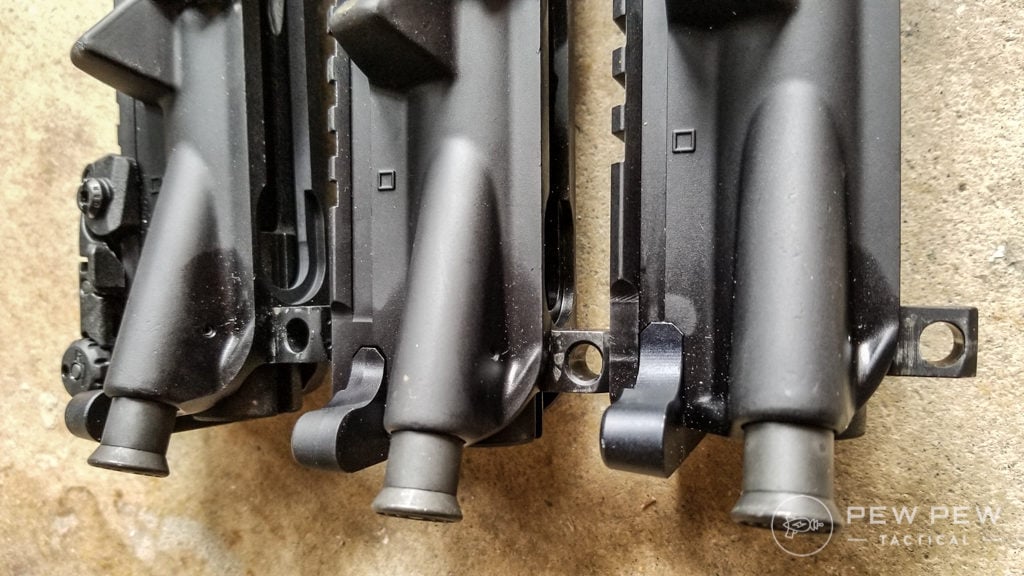
(Quick side note: machining leaves marks, there are times tool marks are ok and other times when it isn’t.)
There is a reason Mike Mihalski of Sons of Liberty emphasizes the barrel as, “the heart of the gun” in his armorer’s course.
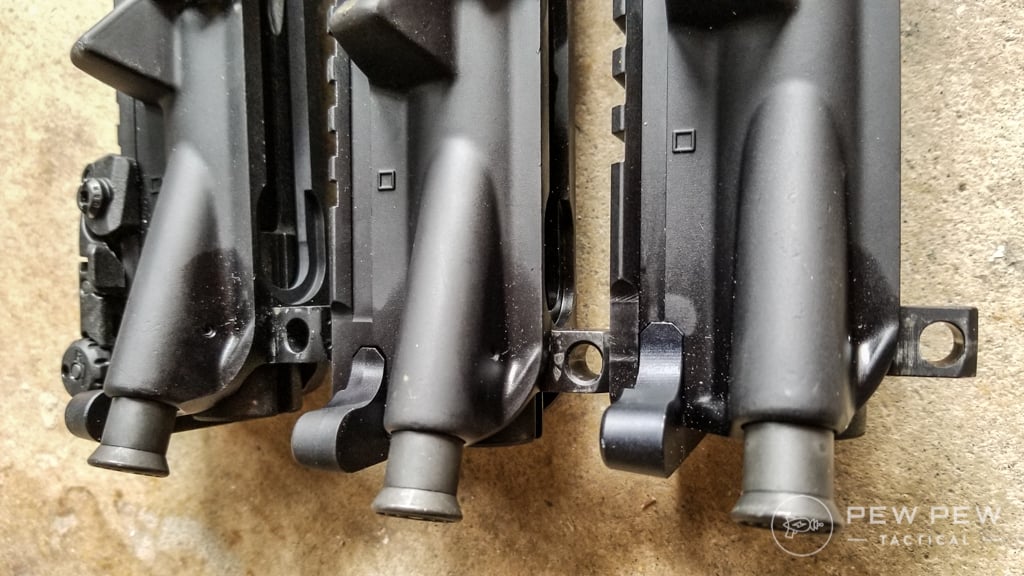
Properly made AR-15 barrels can be upwards of $400 and that’s because proper manufacturing from good materials takes time, and labor isn’t cheap.
Unless you have built a PRS-style AR, a barrel break-in isn’t needed.
While it can certainly act in the role to an extent, the AR-15 was never intended to be a precision weapon. It was a gun designed for infantry to fight battles with.
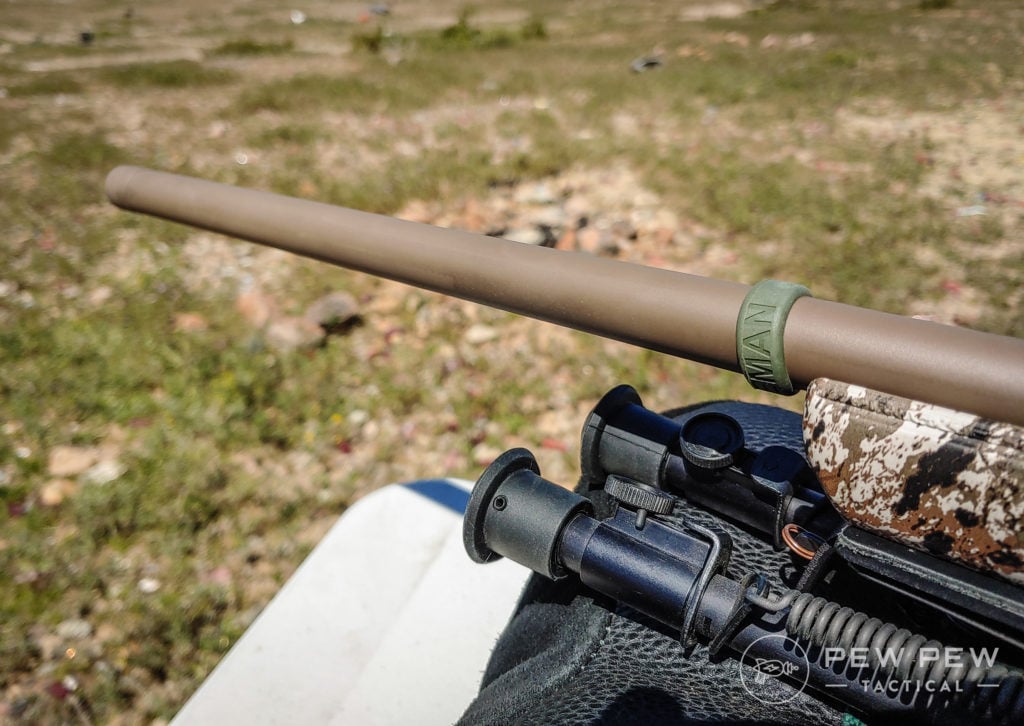
If your barrel is so poorly made that you cannot hit a man-sized target at a few hundred yards due to imperfections in the barrel, then get a new barrel.
How-To Break In a Barrel
Now that I’ve addressed what and who, I may as well tackle the how.
I will discuss the method of barrel break-in I use for my precision guns — bolt or PRS-style ARs.
This method was passed on to me by Ryan Furman.
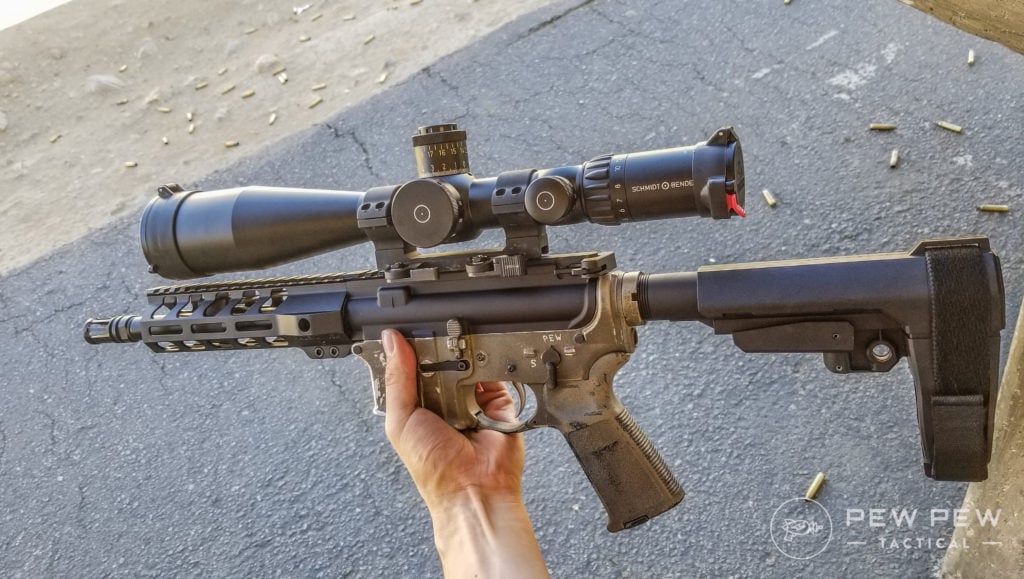
The appeal of the process is that it is a no-nonsense, no-frills, get it done and get shooting approach to things.
This approach has helped me to break in barrels while at the same time developing hand loads. It’s not only a time-saver but will also save some life on your barrel.
First, you’ll need a few factory rounds to get on target.
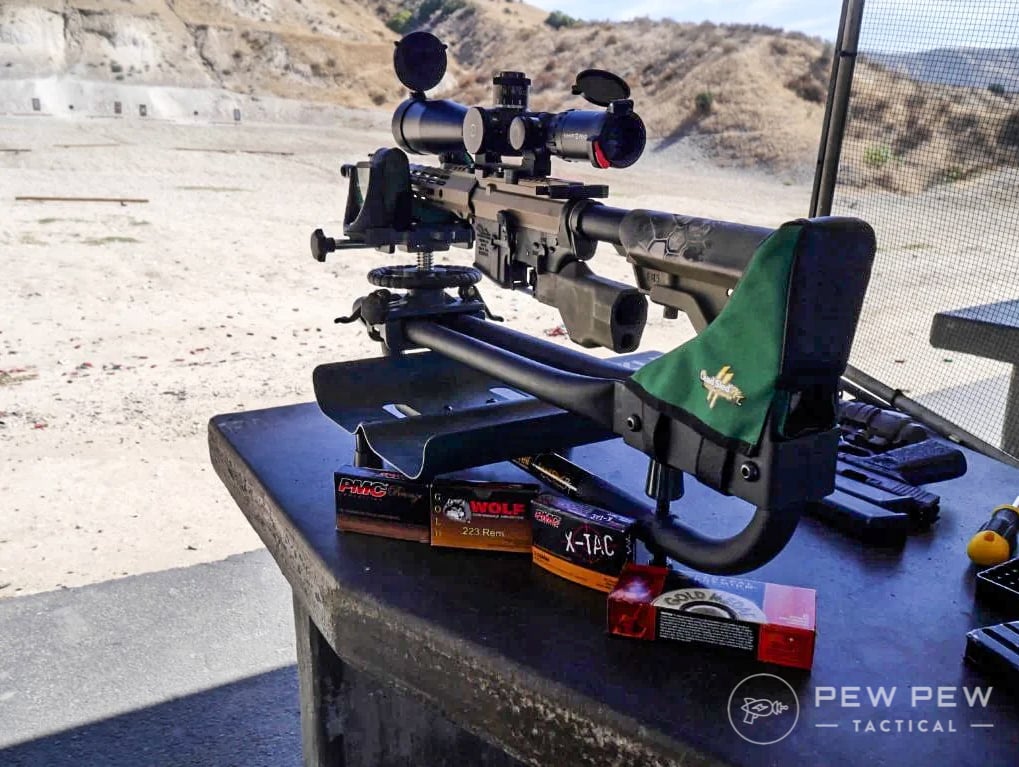
After that, I use whatever load I’m testing to try and find the nodes. (If you are unfamiliar with handloading this part may be a bit confusing).
Fire a shot, then give the barrel a swab with Bore Tech Eliminator.
The directions call for three to four patches soaked in Eliminator, then 10 to 15 passes with a tight-fitting nylon brush.
You then want to let the Eliminator soak for about five minutes. Push dry patches through until they come out clean, and you’re done.
Fire another shot, and repeat the process.
On days where the heat is excessive, I’ve found it necessary to set my gun in the shade with a fan (or in my car with the AC on high) to get the barrel to cool down without wasting time.
After 20 or so rounds, a thorough cleaning is in order with the normal procedure and equipment you use.
![Barrel Break-In: What Is It & How To Do It Right [Guide]](https://www.pewpewtactical.com/wp-content/uploads/2021/12/8.-Remington-Factory-Ammo-1024x578.jpg)
There you have it. No need to wait days, pray to the ballistic gods, or sacrifice a chicken for help.
Conclusion
Barrel break-ins have their time and place, but they have become convoluted in superstition and mystery.
![Barrel Break-In: What Is It & How To Do It Right [Guide]](https://www.pewpewtactical.com/wp-content/uploads/2018/04/Winchester-32-Piece-Cleaning-Kit-1024x683.jpg)
The process is straightforward when you strip away all the fluff. Fire a shot, clean some of the carbon and copper out, then repeat.
So, find a process that works for you and stick with it. If something isn’t working, figure out why and change it.
![Barrel Break-In: What Is It & How To Do It Right [Guide]](https://www.pewpewtactical.com/wp-content/uploads/2021/11/4.-Crimson-Trace-RAD-Max-Range-Shooting-1024x575.jpg)
Do you break in your barrels? Let us know below. Need to pick up an AR barrel? Check out our article on the Best AR-15 Barrels.







































![Air gun 101: The differences between .177 & .22 – Which jobs they do best ? [Infographic]](https://airgunmaniac.b-cdn.net/wp-content/uploads/2024/11/1773-150x150.jpeg)
